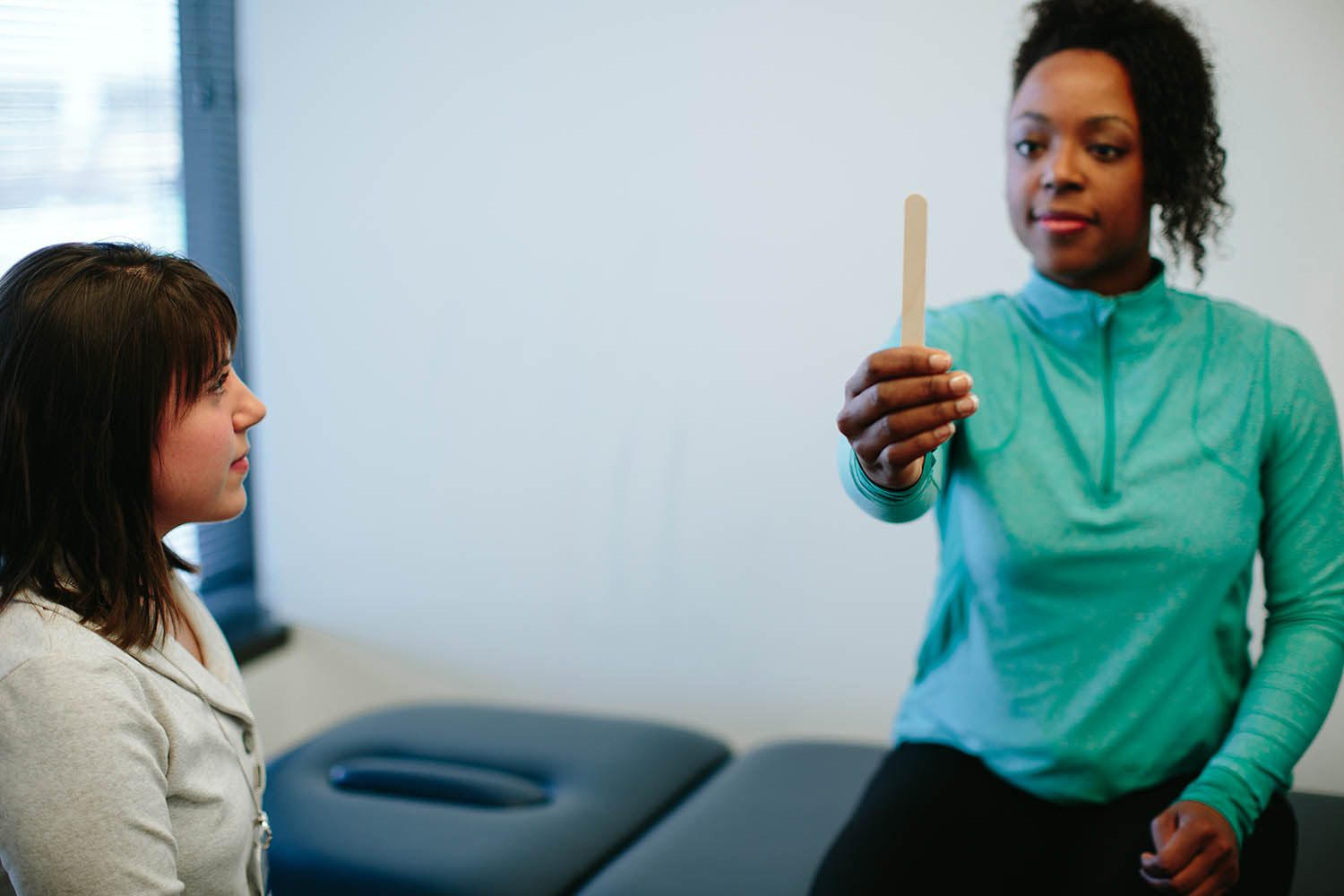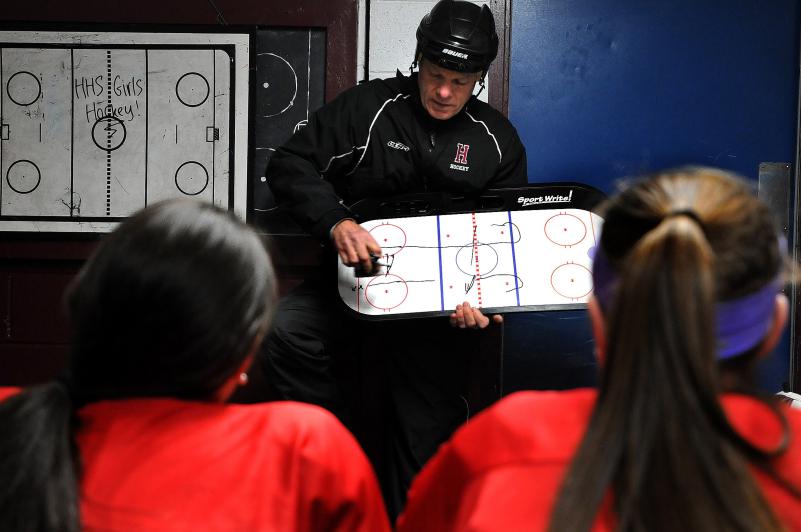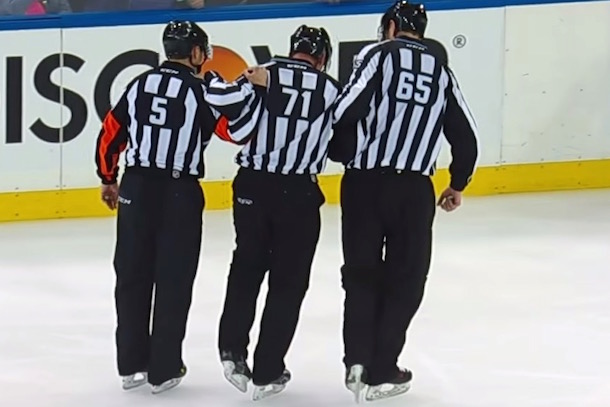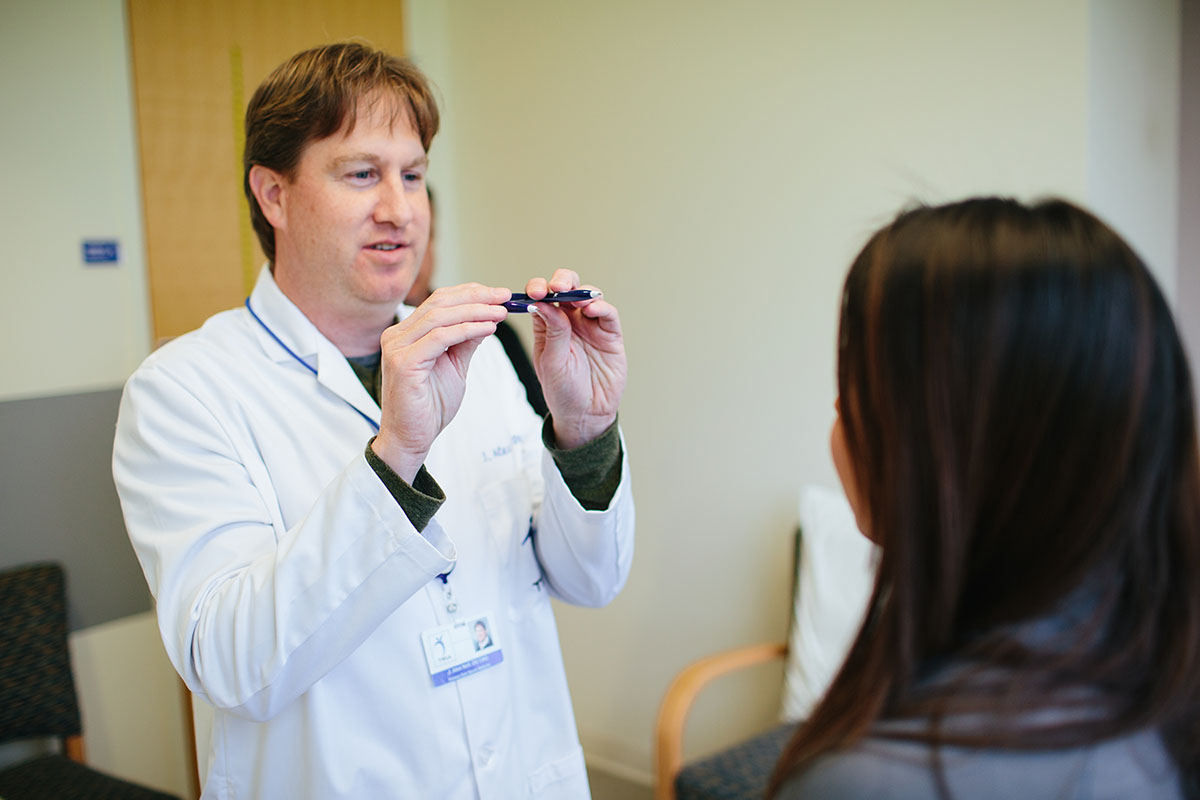
TRIA outlines a handful of concussion myths
Working with concussion patients, I hear a lot of questions and concerns from both the athlete and their families surrounding the diagnosis of concussion. Hockey players at all levels make up a large percentage of our patient population. Here are a few of the most commonly heard misconceptions surrounding concussion management.
- You must avoid all activities after a concussion.
- Avoiding activities that trigger an increase in symptoms are important to limit early on, but avoiding all activity is not necessary. A progressive, symptom – dependent progression of activity is recommended. A full return to sports should be done after being cleared by an appropriate medical professional.
- To truly have a concussion, you must lose consciousness or “blackout”
- Only five to ten percent of concussions result in a loss of consciousness. A concussion is caused by either a direct blow to the head, neck, face, or by a force directed somewhere else in the body that transmits force to the head. Symptoms can occur immediately or may evolve over time. In fact, there is debate on whether a loss of consciousness can even be an indicator of concussion severity. Recent consensus states that a loss of consciousness does not affect the long term prognosis or the overall recovery for a patient post-concussion.
- The best helmet or mouth guard can prevent a concussion.
- There is no evidence that protective equipment will prevent a concussion. Mouth guards and helmets have an important role in preventing dental and skull injury as well as more severe traumatic brain injuries so should still be worn for those reasons, but do not provide prevention against a concussion. The risk of concussion is not affected by the brand, age or style of a helmet or a mouth guard.
- It is important to awaken a person post-concussion every 20 minutes, and shine a light in their eyes to check their status.
- A change in pupil reaction, or large change in mental status indicates a more serious brain injury. These changes would not occur if the patient had suffered only a concussion. A clinical evaluation by an appropriate medical professional can help assist in the diagnosis of a concussion versus a more serious brain injury.
- MRI/CT are necessary to diagnose a concussion.
- A concussion is a functional change rather than a structural injury to the brain, so no abnormalities are typically seen on standard imaging like an MRI or CT scan. A brain MRI or CT scan contributes little to the diagnosis of a concussion and should only be used if the medical professional is suspicious of a structural problem – for example, hemorrhage, skull fracture etc.
- The diagnosis of a recent concussion usually involves a clinical assessment of several domains such as:
- Symptoms – headache, fogginess, emotional symptoms
- Physical signs – amnesia, potential loss of consciousness
- Behavior changes – irritability
- Cognitive impairments – slowed reaction time
- Sleep disturbance – such as insomnia
Some of the information above was taken from the Consensus Statement on Concussion in Sport: the 4th International Conference on Concussion in Sport.
Do you have a question for TRIA’s team of sports medicine experts? Click the image below to learn more and your question may be featured in a future TRIA article.
About TRIA Orthopaedic Center
TRIA is a comprehensive center for orthopaedic medicine, providing incomparable clinical and surgical care, world-class research, and innovative programs. TRIA Orthopaedic Center has over 40 highly-trained physicians with a variety of sub-specialties such as sports medicine, acute injury, shoulder, hip, knee, spine, hand and wrist, foot and ankle, and fractures. TRIA’s sports medicine specialists have served as official team physicians for Minnesota’s professional sports teams for over 25 years. TRIA offers walk-in care through the Acute Injury Clinic, 8:00 a.m. to 8:00 p.m. seven days a week, no appointment needed. From diagnosis to treatment, to rehabilitation and even surgery, it is all at one convenient location at I-494 and France Avenue in Bloomington, Minnesota. For more information, visit tria.com.
Carly enjoys staying current with orthopaedic and vestibular research and maintaining an evidence-based practice. Her treatment philosophy incorporates hands on manual techniques along with neuromuscular re-education and exercise to allow her patients to achieve more efficient movement patterns. She believes educating her patients on their specific impairment is essential to the success of their rehabilitation.












